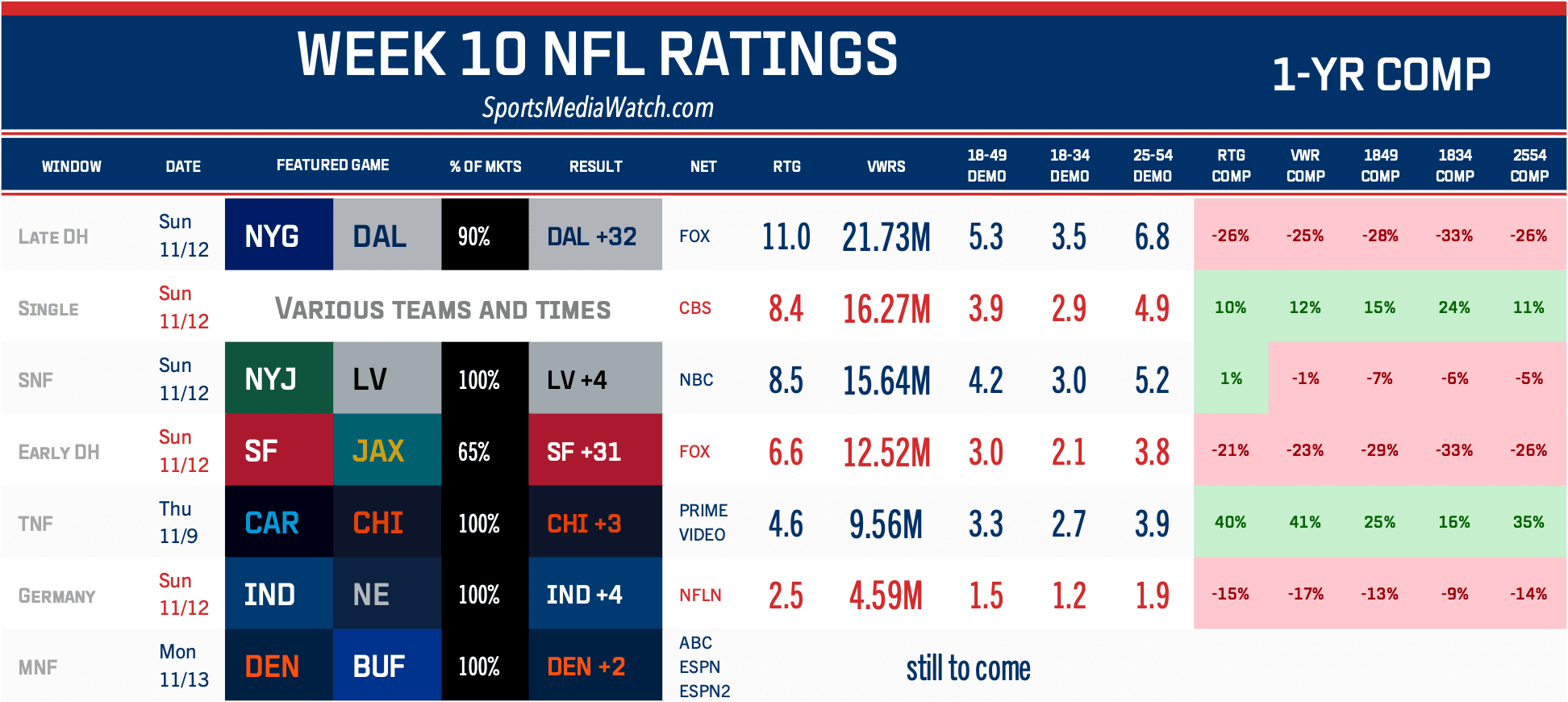- Moderator
- #1
For those who give a damn about such things lol
“I’m not surprised that our ratings are down thus far,” Silver told The Washington Post by telephone from New York on Thursday. “I’m not concerned, either. In terms of every other key indicator that we look at that measures the popularity of the league, we’re up. We’re up in attendance over a record-setting high from last year. Social media engagement remains in the magnitude of 1.6 billion people on a global basis. Our League Pass viewership is up. Our merchandising sales are up. The issue then, for me, is that we’re going through a transition in terms of how [the league] is distributed to our fans, particularly our young fans.”
“I’m not surprised that our ratings are down thus far,” Silver told The Washington Post by telephone from New York on Thursday. “I’m not concerned, either. In terms of every other key indicator that we look at that measures the popularity of the league, we’re up. We’re up in attendance over a record-setting high from last year. Social media engagement remains in the magnitude of 1.6 billion people on a global basis. Our League Pass viewership is up. Our merchandising sales are up. The issue then, for me, is that we’re going through a transition in terms of how [the league] is distributed to our fans, particularly our young fans.”







